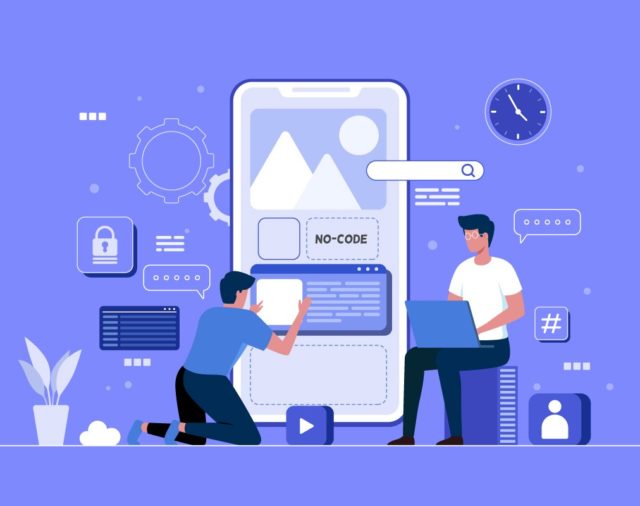There have been several articles about the “great resignation” and how the pandemic set in motion the desire for workers to leave their current job. The release of a Microsoft study called The Next Great Disruption Is Hybrid Work – Are We Ready? studied 30,000 global workers who expressed the desire to leave their jobs by the end of 2020. It revealed that 41% of workers globally are thinking about handing in their notice in 6 to 12 months.
As summarized in the World Economic Forum, “More than half of 18 to 25 year-olds in the workforce are considering quitting their job. And they’re not the only ones. Microsoft found that as well as 54% of Generation Z workers are considering handing in their resignation. Similarly, a UK and Ireland survey found that 38% of employees were planning to leave their jobs in the next six months to a year, while a US survey by Prudential reported that 42% of employees would quit if their company didn’t offer remote working options long term.”
“The great resignation is propelled by three forces: the changing generation, the economic crisis, and the realization people have had that they can have a different social contract, spending more time with family when they work remote and skip the commute,”
- Shahar Erez, CEO of the freelance talent platform Stoke.
With 4 million people quitting their jobs in April, according to the Labor Department’s Job Openings and Labor Turnover Summary released a few weeks ago, it’s already happening. It made me wonder if the tight job market will open up more opportunities for recent college graduates as well as older workers. These are the two cohorts of people who have had the most difficulty landing a position. Having too little experience or being labeled as “overqualified” are biases that happen at the hiring level. It also made me wonder about innovative practices companies are adopting to increase employee engagement and retain their talent. Progressive companies offer things like learning and development programs. More companies are offering wellness benefits to make work-life balance more attainable. More importantly, progressive companies survey employees and provide quarterly assessments to learn about their career interests and tap into their talent on a deeper level. It’s not surprising that this has far better outcomes than forcing people to stay in one lane in their specific job role for years and years. Daniel Pink in his book, “Drive: The Surprising Truth About What Motivates Us” talks about three things that motivate people at work. 1. Mastery 2. Autonomy and 3. Purpose. If “mastery” of a job doesn’t evolve and provide more opportunities for growth, feeling stagnant may cause someone to leave. Autonomy equals trust. Many employers were forced to give their employees autonomy and allow them to work from home. And now 42% have said they will quit if they can’t work remotely. Of course, the flip side to remote working is digital burnout which is one more challenge employers need to consider. Purpose is something that is personally meaningful. Why do you care about what you’re doing? Purpose could also be articulated through a company’s manifesto as well as through leadership. Authentic employee engagement options are going to be the key to keeping happy and talented employees.
The pandemic has reshaped the way we work forever and employees' needs have changed in a significant way. The Microsoft study outlined seven major trends to consider.
Work Trends from Microsoft Study:
- Flexible work is here to stay
- Leaders are out of touch with employees and need a wake-up call
- High productivity is masking an exhausted workforce
- Gen Z is at risk and will need to be re-energized
- Shrinking networks are endangering innovation
- Authenticity will spur productivity and wellbeing
- Talent is everywhere in a hybrid world
Reviewed & Recommended:
The Great Resignation: Why Millions of Workers Are Quitting Their Jobs
40% of employees are thinking of quitting their jobs, says survey | World Economic Forum
How employers can prepare for the 'great resignation'
Video: Daniel Pink: "Drive: The Surprising Truth About What Motivates Us"
| MORE ARTICLES
Emily’s vision for illume hire developed as part of her journey from a startup-curious sales and media professional to co-founder and CEO. Her passion is to provide resources to support professionals with 20+ years experience. Emily was part of the founding leadership team of Age Equity Alliance, a non-profit focused on the benefits of an intergenerational team.







